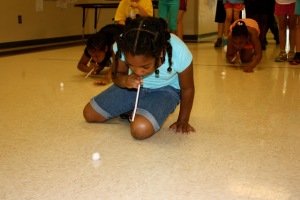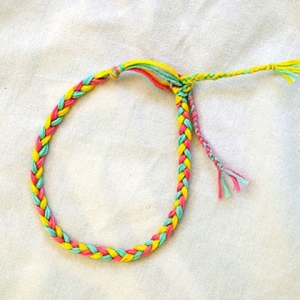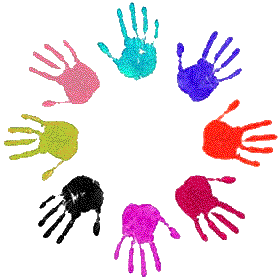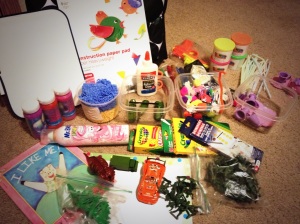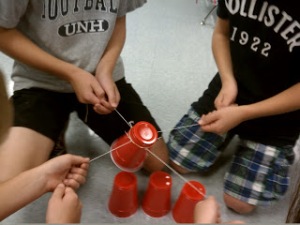I think we can all advocate for kiddo’s needing time outdoors! Truly, we all can benefit from time spent outside and in nature. I may have a bit of Wisconsin spring fever right now, but as the weather continues getting nicer, I am challenging myself to find more and more activities that can be done with children out in the sunshine and fresh air. There are so many ways we can work with student’s outdoors as we would inside our school walls, however outdoor time may actually result in additional benefits for our young ones. For instance…
Exercise, movement, physical activity!
Playing outside provides children with something many children don’t get enough of anymore – exercise. Exercising while having fun is the best kind of exercise! Walk and talks can be exchanged for sitting in chairs with students during individual meetings. Team building activities can be utilized during classroom guidance and small groups. Check out the WLW pinterest to see specific team building exercises to use outdoors.
Stimulation of the Imagination
As expectations for students increase in our schools, our student’s imaginations, creativity and freedom of expression are decreasing. Our children are not discovering and experiencing things on their own, rather they are being shown, taught, and instructed. Likewise, growing up in a society that is so consumed in technology does not help with this challenge. Playing outside helps children develop their imagination, which is something that television, video games, computers, iPods, etc. can’t do. Children tend to feel more comfortable outdoors, which allows them to “invent and create things,” once again stimulating their imagination.
Improves self-confidence and social skills
Outdoor play encourages children to risk. Children try different experiences which they normally wouldn’t and grow to be stronger and more confident individuals as a result. Children feel a sense of safety outdoors, which allows them to feel in control and promotes autonomy. Group activities, games, and sports help children learn how to solve problems with their peers. They learn to work together, compromise and communicate with one another.
Here are some different ways you can incorporate “the great outdoors” into your school counseling program:
- Walk and talks: Why always sit in chairs with students? Going outdoors allows for exercise, fresh air and increases alertness. The outdoors brings a sense of calmness, relaxation and safety. Isn’t this what we hope to provide to our students as we build relationships with them? Walking side by side helps diminish any sense of hierarchy.
- Take the sandtray outside!! Sit in the grass with a child as you talk and play with the sand (really, any game/toy/etc. of your choice could be taken outdoors… 🙂 )
- Journal time: Students may find calmness in journaling outdoors. Allowing for free time to journal at the beginning or end of time with a student(s) encourages autonomy, creativity and independence.
- Yoga! There is no better place to practice yoga than out in nature…Take your class or group outdoors and see how the change in environment impacts the student’s practice.
- Termination: For your last session with a student or group of students, encourage students to find rocks out in the school yard to decorate. With either paint/marker have them write words that describe what they learned from your time together, or what they are taking with them as a result of your time together .
- Deep breathing/mindfulness with bubbles! Check out the link for a fun and soothing activity using bubbles.
- Planting a flower/plant/etc. with a student or a group of student’s to increase cohesiveness and support the relationship(s) being built.
- Sidewalk chalk: Sidewalk chalk can replace all sorts of art therapy activities that are typically done “indoors.”
Examples include:
- Encouraging students to write strengths/things they like about themselves(This could be done over the course of a day or two with multiple students/groups. It could be an empowering area that would be on showcase for all students in the school to see, names not included obviously.)
- Have students draw how they are feeling and suggest that different colors demonstrate different feelings/emotions.
- Free draw!
- Hopscotch! Why not play a game while chatting away?!
Now let’s hope for some sunshine and enjoyable spring temps the rest of the week… 🙂 -Jessica






